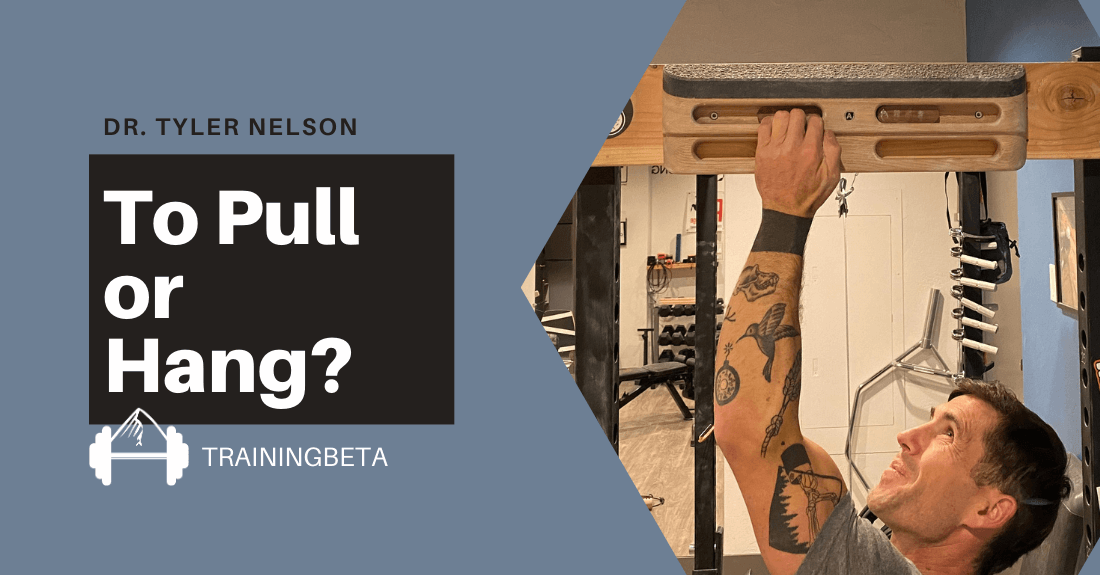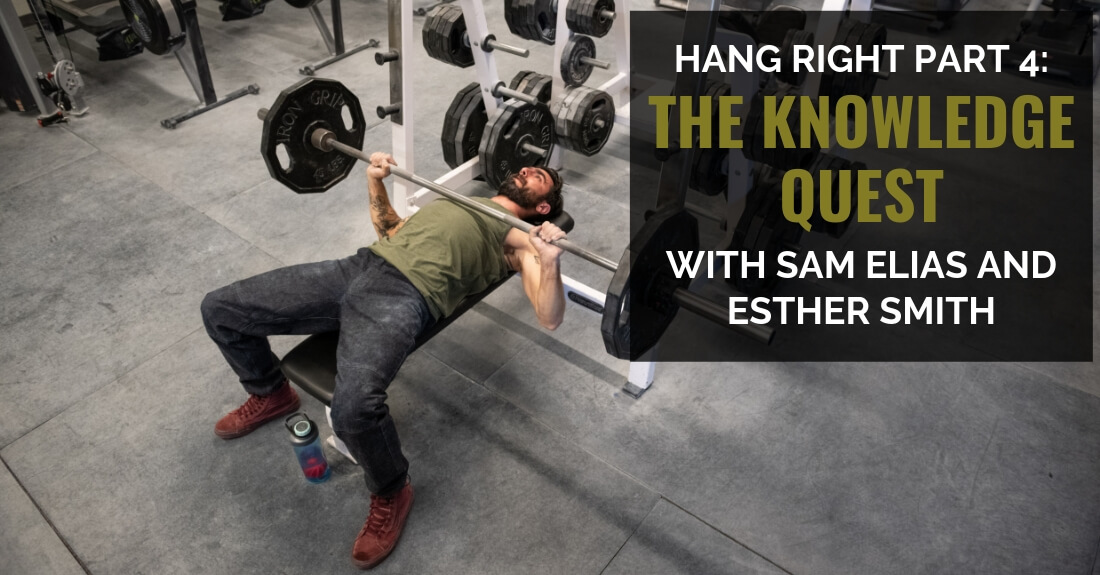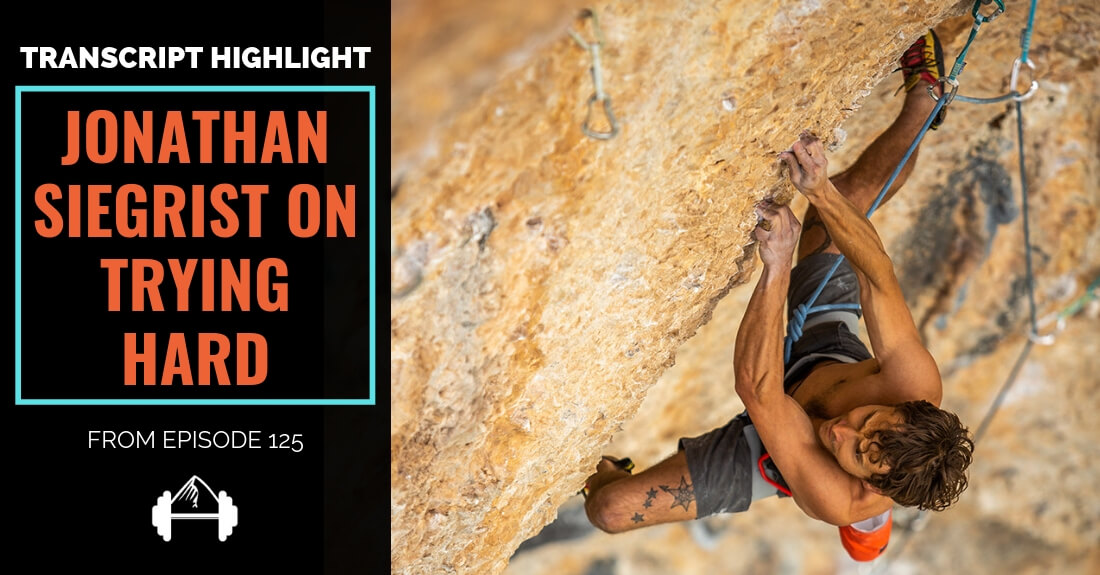This post was kindly written by Dave Sheldon, a frequent contributor to climbing magazines, and my favorite bodyworker in the world. You can see his full bio below. (Photo of Justen above by Celin Serbo)
Enter Dave
Taking a breath is an essential ingredient to life and something we do 20,000 times a day. And although breathing is something we usually let our subconscious manage, taking some time to focus on maximizing oxygen intake while at the crags can offer a considerable performance boost.
Luckily, someone has been thinking hard about just this and his name is Justen Sjong. His coaching ideas and strategies are as revolutionary as is his climbing. Sjong has ticked numerous 5.14 sport routes and has established the El Cap routes Magic Mushroom (5.14a) and preMuir (5.13d).
Justen Sjong on Breathing
“No matter what your ability level, proper breathing is essential for progressing as a climber,” Sjong says. “If your body is getting enough oxygen, you will maintain the mental clarity to read the rock and move over it in the most efficient way possible. Plus moving in a thoughtful manner supports learning, fitness, and helps prevent injury. Another aspect to good breathing is its role in effective resting, crucial when climbing or bouldering at your limit.
Sjong feels the Relaxing Breath, a breathing style that supports a relaxed body and mind in both the climbing arena and everyday life is the foundation from which all breath and movement should originate.
To experience or find Relaxing Breath takes practice. Scout out a quiet place at either the crags or in your living environment. Stand with your hands by your sides, soften your face, slightly purse your lips and slowly inhale through your mouth. Remember, climbing can be an intensely physical endeavor, and when at or near your limit, you should be breathing through your mouth, so practicing the Relaxing Breath with an open mouth begins to train this. Hold the inhale for a split second and then exhale through your mouth, maintaining your soft face and pursed lips. On the exhale, hear and feel the air leaving your lungs and let your whole body decompress (shoulders loosen, face and eyes soften even more, core eases, mind quiets, etc.).
Repeat this cycle three or four times. Each subsequent breath should take a deeper layer of stress out of the body until total composure, both physical and mental, is reached. Hopefully, after a few rounds of practice you’ll have found your Relaxing Breath.
The skilled practitioner can grab a secure hold and drop into a deep state of rest on his first breath. He can also master his coordination and weight distribution to the point where a Relaxing Breath can be found while in the middle of a challenging sequence while gripping two small holds. Sounds daunting? Have patience, grasshopper, nothing new is easy.
After becoming comfortable with finding your Relaxing Breath solo, choose a route or boulder problem you have wired and consider easy. This is important because you don’t want to be distracted by falling, route finding, clipping, etc. Remember, in the beginning, your only goal should be to work with breath. It’s also crucial to master a step before graduating yourself onto the next level.
Here are the 6 steps to mastering the art of breathing while climbing, as told by Justen.
Step 1 – At The Base of Your Climb
Find your boulder problem or route that you have totally wired, and after getting fully geared up and tied in, stand at the base of your one-pitch lead, toprope or boulder problem and find your Relaxing Breath. Climb to the top. While being lowered, go back and re-find your Relaxing Breath. If bouldering, wait until you have jumped back to the ground or are standing on top of the problem. This step needs to become habit and must be added to all of the following levels. Don’t forget!
Step 2 – On An Easy Climb
Start as for the previous step but every few moves stop and find your Relaxing Breath. Body position is important as the resting arm or arms need to be straight and relaxed. Hanging straight armed allows the core to be soft, and the softer your core is, the easier it will be to find a Relaxing Breath. While breathing, focus only on firing the muscles you need for hanging on and make sure to mostly be looking down and to the side with a quiet soft gaze. Doing so will give you something neutral to look at. (Looking up at the next few moves represents the future. Looking down at the route represents the past. Scary stuff! Not Restful! Don’t do it!)
This step is the start of moving over the rock while engaged in a cycle of relaxed breathing. Allowing the softness of the breath to affect your movement and stress level is important. If your body and mind can be as relaxed as your breathing, you’ll save lots of energy and be stronger for cruxes.
Step 3 – On A More Difficult Climb
Time to bump up the difficulty or stress level. Go from a top rope to a lead, or a lead on a vertical wall to an overhanging one. Also, play with climbing routes or boulder problems near the upper end of your comfort zone. (AKA: You won’t fall off them unless you really screw things up.)
During step three, increase the difficulty so your Relaxing Breath is challenged by the difficulties of the climbing. Learn to feel when your Relaxing Breath is slipping away, and then try to re-find it on-route.
Step 4 – On A Project
Now the real testing starts. Chose something closer to your max and find your Relaxing Breath anyplace you can stop and shake out. Once you can consistently do this, cut yourself loose on projects.
This step is about pushing yourself, and then finding your Relaxing Breath at every rest. Feel how it effects resting and decision making while onsighting. When you really start to breathe correctly, on-route recovery will be faster, holds will be easier to see, and reading sequences will come more naturally.
Step 5 – Even When You’re Trying Really Hard
Step five takes real discipline, as it forces you to slow down, find composure, and take a Relaxing Breath when really cranking. This can be great for setting up for hard throws while bouldering or mid redpoint cruxes.
The real mastery can be found somewhere here. Work on finding your Relaxing Breath in the middle of hard sequences. The goal is to stop, regardless of how small the holds are, take one Relaxing Breath, and move on. This mini break releases the mind from the haze of effort and the ensuing clarity allows you to focus intensely on the next move or series of moves.
Here’s a video of pro climber Jonathan Siegrist on La Reve, a 5.14d project he put up. At minute 3:20 on, you can see him trying really hard, holding his breath, and then taking relaxing breaths even while he’s on terrible holds in a crux. There’s a rhythm to it: hard move, breathe, hard move, breathe…
Le Reve – Jonathan Siegrist from MAXIM DYNAMIC ROPES on Vimeo.
Step 6 – Everyday, All Day
Finally, step six encourages the practice of using the Relaxing Breath in your everyday life. It’s great for lowering stress levels, especially during challenging situations.
Most people respond to the stress in their daily lives just like they respond to the stress of climbing. With this in mind, using the Relaxing Breath during unpleasant periods in your non-climbing life will help you to access it when at the crags. Think stuck in traffic, standing in line at the bank, sweating before a board room meeting, or even while fighting with your mate, etc. And let’s not forget that this practice can decrease destructive hormones, thus strengthening your health and well-being. How’s that for a nice side effect to training!
The process of finding your Relaxing Breath takes time.
It needs to be shown patience, and is a process that continues to deepen.
When given consideration for one full season, it’s common to hear people reflect that not only has their climbing improved but they also have a new level of body/mind/spirit awareness that enriches their everyday world.
For more info on Justen Sjong, check out www.teamof2climbing.com (link no longer available), where you can set up personal coaching with him or get in on one of his group sessions he leads with trainer Kris Peters.
About The Author – Dave Sheldon
 Dave has been climbing for sixteen years and has climbed sport routes up to 5.13b. He enjoys writing about what makes top climbers tick and how the 99% can more efficiently achieve their climbing goals in a creative, safe, and injury free manner.
Dave has been climbing for sixteen years and has climbed sport routes up to 5.13b. He enjoys writing about what makes top climbers tick and how the 99% can more efficiently achieve their climbing goals in a creative, safe, and injury free manner.
When he’s not burning valuable resources commuting to Rifle Mountain Park, he works as an Advanced Rolfer and SourcePoint Therapist in Boulder, CO. Neely is one of his highly satisfied clients, actually! Visit his website for more information about his private practice. www.davesheldon.com







[…] Justen Sjong: Breathing While Climbing. […]